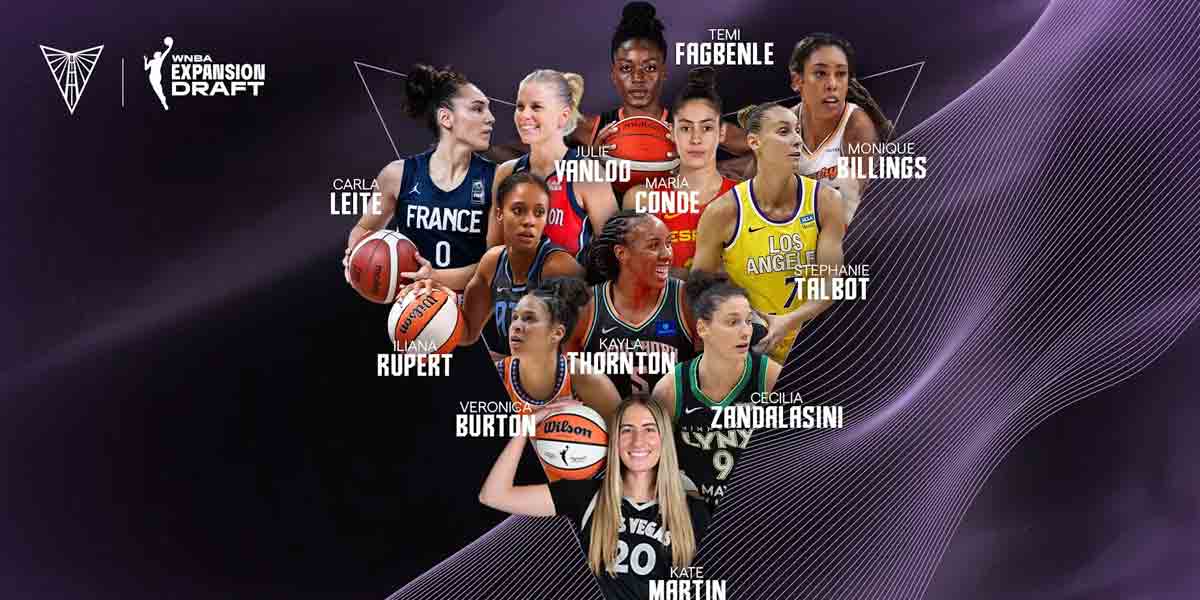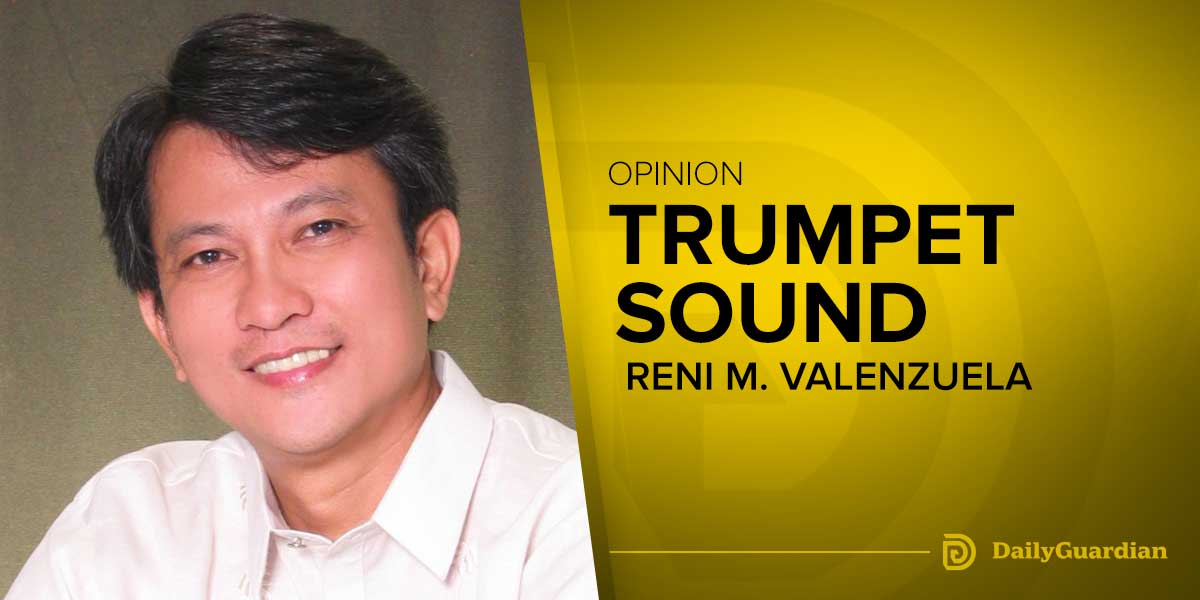By Vicky Bond, PhD
The unsustainable practice of killing fish for human consumption not only harms them but countless other marine animals die as “unintended” bycatch in reckless fishing operations or lose their lives to the fishing industry’s widespread ocean pollution and habitat destruction, which is damaging our ocean beyond recovery—all for the pursuit of maximum profit.
Fish are unique animals with complex inner lives. They communicate with one another, recognize human faces, and even feel excitement when they see other fish. Like land animals, fish can feel pain. However, our broken global food system kills billions (maybe even trillions) of these sentient individuals for human consumption every year.
While humans have caught and eaten fish for the past 40,000 years—with anglers taking to the water and waiting hours to reel in the perfect catch—global demand for seafood products has turned fishing into a multibillion-dollar industry.
Industrial fishing operations breed fish for human consumption and keep them in crowded tanks or pens. This kind of factory fish farming dominates today’s seafood market, raising many ethical and environmental concerns.
The fishing industry generally overlooks the welfare of fish entirely in its pursuit of profits. It doesn’t even measure fish as individuals—only referring to fish in “tons.”
What Is Aquaculture?
Aquaculture refers to farming fish and other marine species in barren, overcrowded tanks or pens—a far cry from the natural freedom of the sea. Aquaculture is highly industrialized and involves subjecting fish to the same intensive confinement as land-based factory farms. Aquatic farms cram as many individual fish as possible into small tanks or nets, leading to the fish barely being able to move. The overcrowding and filth make the water a breeding ground for parasites and pathogens. One particular parasite, sea lice, spreads rapidly and feasts on the flesh and blood of fish, causing painful lesions.
While fish farms and wild-capture fishing operations may seem far removed from the factory farms on land, these profit-driven industries share a close connection. The fishing industry turns 20 million tons of fish into fishmeal—ground-up fish bones and flesh commonly used for animal feed—each year, according to a 2017 NPR article. These “protein pellets” provide factory farmers with a cheap way to feed chickens and pigs before they are slaughtered. And, in a grotesque and cruel cycle, 70 percent of fishmeal goes back into aquaculture.
According to a 2019 Greenpeace report, the rampant growth of the fishmeal and fish oil industry in West Africa has threatened food security and people’s livelihoods.
Fish farms raised and killed up to 171 billion as of 2023, generating more than $271 billion in profits globally in 2018. The industry’s profits are expected to grow by at least $100 billion more by 2025. Fish farming derives all this profit from the pain and suffering of sentient beings treated as mere raw materials.
“Be it recreational angling, large-scale fisheries, ornamental fish—any way that we use fish, we need to consider treating them better, as if they experience pain,” Lynn Sneddon, director of Bioveterinary Science at Liverpool University, told Science Focus, stated a January 2024 Sentient Media article.
The Growth of the Fishing Industry
The global seafood market was valued at more than $65 billion in 2019, and the industry’s profits are expected to grow even larger, reaching an estimated 103 billion by 2027.
Meanwhile, the U.S. commercial fishing activities generated $154.7 in 2020, according to the National Oceanic and Atmospheric Administration. Around half of the 8.34 billion pounds of fish caught in 2022 in the U.S. came from Alaska alone. As of 2020, the U.S. was the world’s eighth-largest seafood exporter.
Shrimp is the most popular seafood in the U.S. Wild fishing and shrimp farming pose devastating ecological consequences, turning large pockets of the ocean into barren wasteland.
Why Is the Fishing Industry Bad?
Commercial fishing harms countless marine species and habitats. Although humans cannot see the extent of the fishing industry’s destruction, the entire planet will feel its effects as vital ocean ecosystems disappear. Some of the practices that are causing extensive damage to the marine habitat are highlighted below.
Bottom Trawling
Bottom trawling is the practice of dragging an open fishing net along the ocean floor. While trawling nets target species like cod, shrimp, and prawns, these moving deathtraps catch any animal that crosses their path.
The indiscriminate practice of bottom trawling especially harms sea turtles, who forage at the bottom of the ocean floor for food. When they get entangled in a bottom trawling net, turtles can suffer from broken shells and bones from the sheer weight of fish bearing down on top of them. They become fearful and stressed as they try—unsuccessfully—to escape the net. Many sea turtles drown from being trapped underwater for so long, and those that make it to the surface risk injury as they’re dropped onto the hard deck of a ship.
Sea turtles are just one example of the harm of bottom trawling. This practice damages the ocean floor ecosystems, which numerous species rely on for survival, making its impact even more devastating.
Damage to the Ocean Floor
The ocean floor is anything but dull and flat—its topography varies from plains to mountains, and it is home to countless underwater plants and sea life. And just as humans irreversibly destroy land above water to ensure the unsustainable growth of agriculture and other industries, humans are leaving the ocean floor unrecognizable, too.
Bottom trawling erodes the ocean floor, removing sediments. These deep-sea sediments contain diverse marine invertebrates and offer rich foraging grounds for larger fish to feed on. Their benefits extend far beyond nourishing marine life. Like our planet’s forests, ocean floor habitats absorb and store carbon dioxide (CO2) from the atmosphere, helping us combat climate change. When bottom trawlers damage these environments, the seabed releases this stored CO2. Scientists estimate that bottom trawling unleashes the same amount of CO2 into the atmosphere as air travel, according to a 2021 study published in Nature.
Scientists also rely on ocean floor sediments to understand climate change. They study samples from the seafloor to uncover how human activity impacts our oceans. Their research on seafloor composition helps inform our environmental protection and policy decisions. By leaving less and less of these marine sediments intact, the fishing industry doesn’t just accelerate climate change—it takes away our potential to do something about it.
In addition to damaging the seafloor, bottom trawling damages the surrounding habitats. Coral reefs are especially vulnerable to the effects of bottom trawling, as the nets tangle in corals and sweep up the fish living there. These vibrant habitats, typically bursting with biodiversity, are home to everything from microscopic invertebrates to giant, flowering anemones. However, as bottom trawlers plunder these ecosystems, the biodiversity they support declines.
Longline Fishing
Longline fishers stretch nets with baited hooks across miles of ocean. The nets typically target tuna fish but longlines indiscriminately capture and kill them like bottom trawlers. In 2018, longlining brought in $8.3 billion for the fishing industry, accounting for 20 percent of the global catch by end value. But the practice severely harms the endangered southern bluefin tuna, a species barely starting to recover from years of overfishing.
Longline fishing also captures loggerhead and leatherback turtles, and the hooks painfully penetrate their mouths, necks, or flippers. Sometimes, turtles swallow entire hooks, which become lodged in their digestive tracts. This hinders the turtles’ feeding and digestion, leaving them at risk of starving to death. The IUCN Red List of Threatened Species lists loggerhead and leatherback turtles as vulnerable, and longline fishing further decimates their populations.
Seabirds also suffer the consequences of longline fishing. Seabirds get caught in hooks and drown as they dive beneath the surface for food. According to a 2019 Guardian article, an estimated 100,000 birds die this horrific way due to longline fishing each year, further endangering species like the remarkable albatross. (To be concluded)
Vicky Bond is an animal welfare scientist and president of The Humane League, a global nonprofit working to end the abuse of animals raised for food. She is a contributor to the Observatory. This article was produced by Earth | Food | Life, a project of the Independent Media Institute.






















